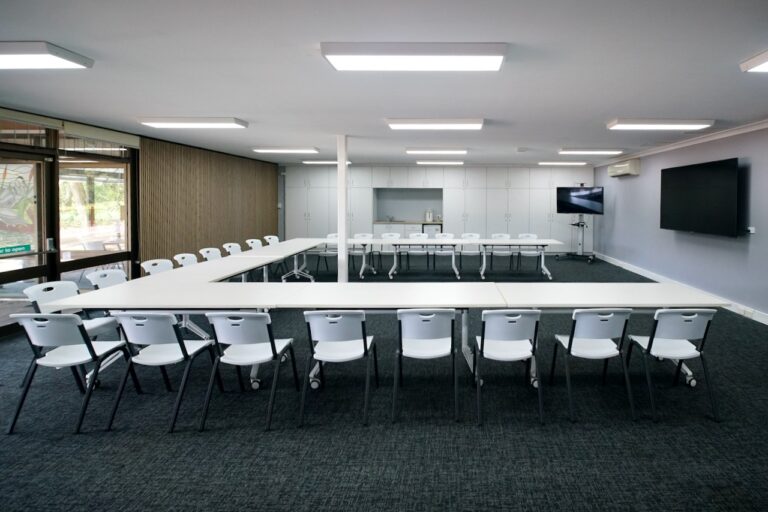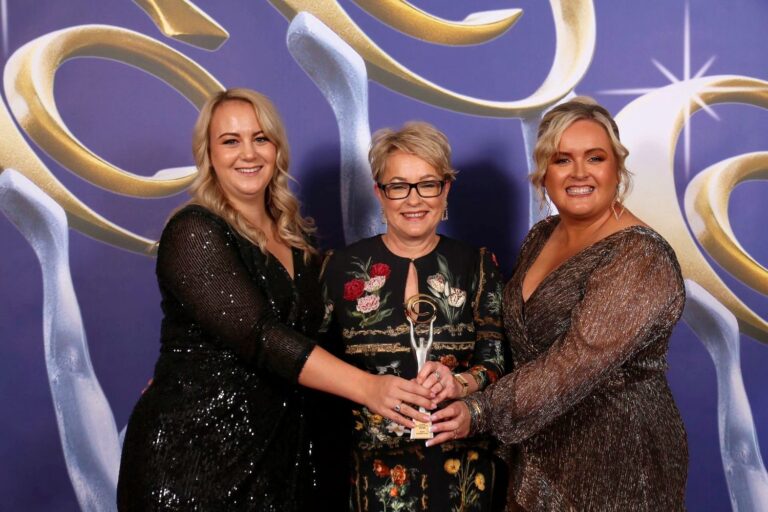In the event that there’s one thing a business needs, it is dependability. You need to know your hardware and equipment won’t all of a sudden be out of commission because of age. Occasionally the cost of keeping old hardware kept up exceeds the advantages and it’s the ideal opportunity for an update. Perhaps you’re a start-up and need new equipment – so how can your business access affordable and flexible equipment finance?
Don’t buy it yourself.
According to ASIC, 46% of businesses fail due to poor financial management. This usually means paying for big assets with day-to-day income, which can strangle cash flow. If you need new equipment, or are in dire need of updating your current hardware, you should look for equipment finance. Now the next decision you must make is whether to own or lease your equipment.
Owning your equipment.
Loaning equipment leads to ownership. Most equipment loans for business are a variation on a chattel mortgage. A chattel mortgage is a special business loan with numerous advantages. The security for the loan is the equipment you buy, and you can borrow more than the value of the equipment.
Chattel mortgages allow you to deduct depreciation and interest on your BAS statements. You can even set up seasonal payments, balloon payments and variable loan terms. A similar product is a hire purchase. A hire purchase works like a loan but appears like a lease on your books. A bank or financier buys the equipment and lends it to your business for a specific period. You own the equipment once you have paid off the loan.
Both of these loan products are flexible and can be tailored to your business goals and needs. Chattel mortgages and hire purchases can be cash flow neutral right from the start, taking the stress out of saving for deposits or using capital derived from bank loans and the like. It’s much more affordable in the long-term.
If your industry moves fast, leasing is the key.
In the information age, ‘new’ doesn’t last long. Think of how fast new PCs, smartphones and other electronics are replaced; sometimes in as little as six months. Who knows what is around the corner? This is why leasing is a better option.
A finance lease gives your company use of IT or other equipment for a set period (two to three years) which you rent by making repayments. After the lease is finished, you can start a new lease with new equipment. This means you can keep updating your equipment so you’re always ahead. The downside is that you’ll be paying dead money to a financier. You can claim some interest on tax, but you won’t end up owning your equipment.You also have to be wary that some financiers will not take back equipment in poor condition.
Lease/hire back arrangements.
If you’re flush with equipment, you can sell your existing equipment to a bank or financier and set up a lease/hire back arrangement. This means you’re hiring back the equipment from your lender. This frees up capital for other areas of the business, or for expansion.
With this list, you can make a better decision about how to obtain the right kind of equipment finance. Before making any major financial decisions, you should consult a financial professional first.





